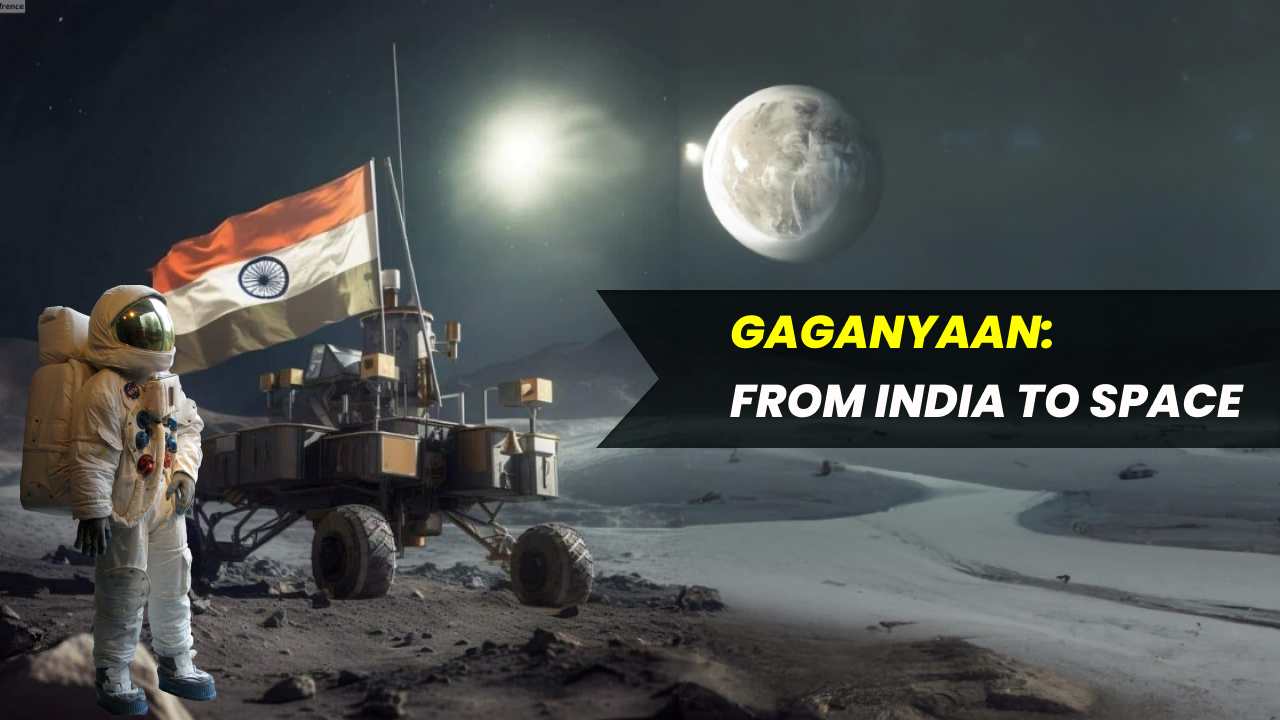
The Indian Space Research Organisation’s (ISRO) ambitious Gaganyaan mission, aimed at sending Indian astronauts to space, has sparked a significant conversation regarding gender representation in space missions. Despite India’s advancements in space technology and exploration, the maiden manned flight to the Moon under the Gaganyaan mission will not include any female astronauts. This decision has raised questions and generated widespread interest in the mission’s approach to crew selection.
Key Highlights:
- The Gaganyaan mission is ISRO’s first manned spaceflight program.
- No female astronauts will be part of the maiden manned mission.
- The selection criteria for astronauts primarily focus on test pilots from the armed forces, a field currently without female representation in India.
- Future manned missions are expected to include civilians, potentially opening doors for female astronauts.

Understanding the Selection Criteria
The primary reason cited for the absence of female astronauts in the Gaganyaan mission is the selection process, which is currently limited to test pilots from the Indian armed forces. Since there are no female test pilots in the armed forces, women are inherently excluded from the first mission. ISRO officials have stated that while women are not part of the initial mission, the door is not closed for future involvement. The criteria for astronaut selection are expected to evolve, allowing civilians, including women, to participate in subsequent missions.
The Ambition and Scope of Gaganyaan
The Gaganyaan mission is not just a milestone for India but a significant leap towards establishing its presence in manned space exploration. With a budget of Rs 10,000 crores, the mission aims to send a three-member crew to space for a duration of five to seven days. The initiative underscores India’s commitment to joining the ranks of countries capable of human spaceflight, a list that currently includes the United States, Russia, and China.
The Role of Vyommitra
In a pioneering move, ISRO plans to send Vyommitra, a half-humanoid robot, on unmanned missions as part of the Gaganyaan project. Vyommitra can mimic human actions and interact with astronauts, playing a critical role in testing and ensuring the safety and success of the manned mission.
Looking Ahead: Women’s Role in Future Space Missions
The absence of female astronauts in the inaugural Gaganyaan mission has sparked a broader discussion on gender diversity in space exploration. ISRO’s future plans include civilians in space missions, potentially paving the way for women astronauts. This approach aligns with global trends, where space agencies are increasingly recognizing the importance of diversity in crewed space missions.
The Gaganyaan mission represents a monumental step for India in the realm of space exploration. While the initial mission may not include female astronauts due to current selection protocols, ISRO’s acknowledgment of including civilians in future missions offers a promising avenue for gender inclusivity. The mission’s success will not only place India among the leading space-faring nations but also set the stage for a more inclusive approach to exploring the final frontier. The journey of Gaganyaan, from its first unmanned missions to the inclusion of civilians and potentially women astronauts, represents not just India’s ambition in space but also its dedication to breaking new ground in diversity and technological prowess.






















